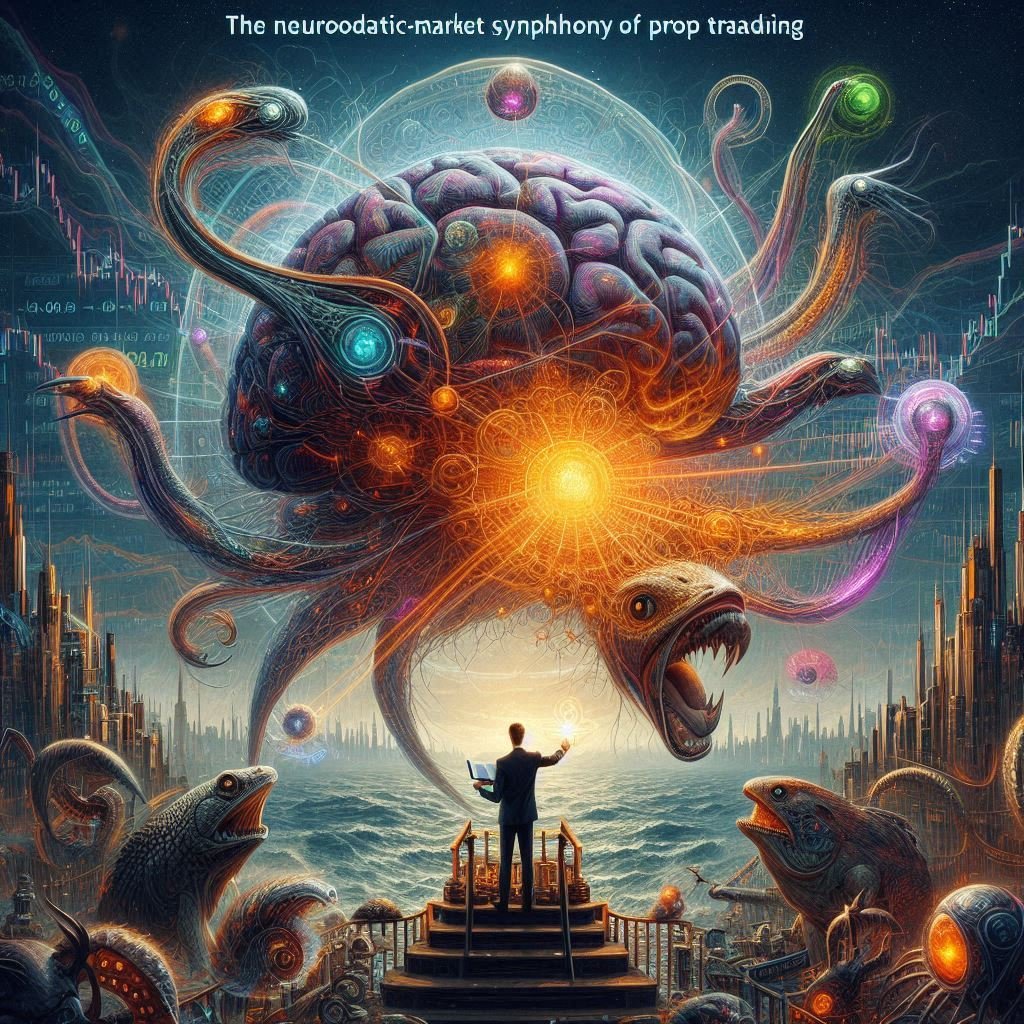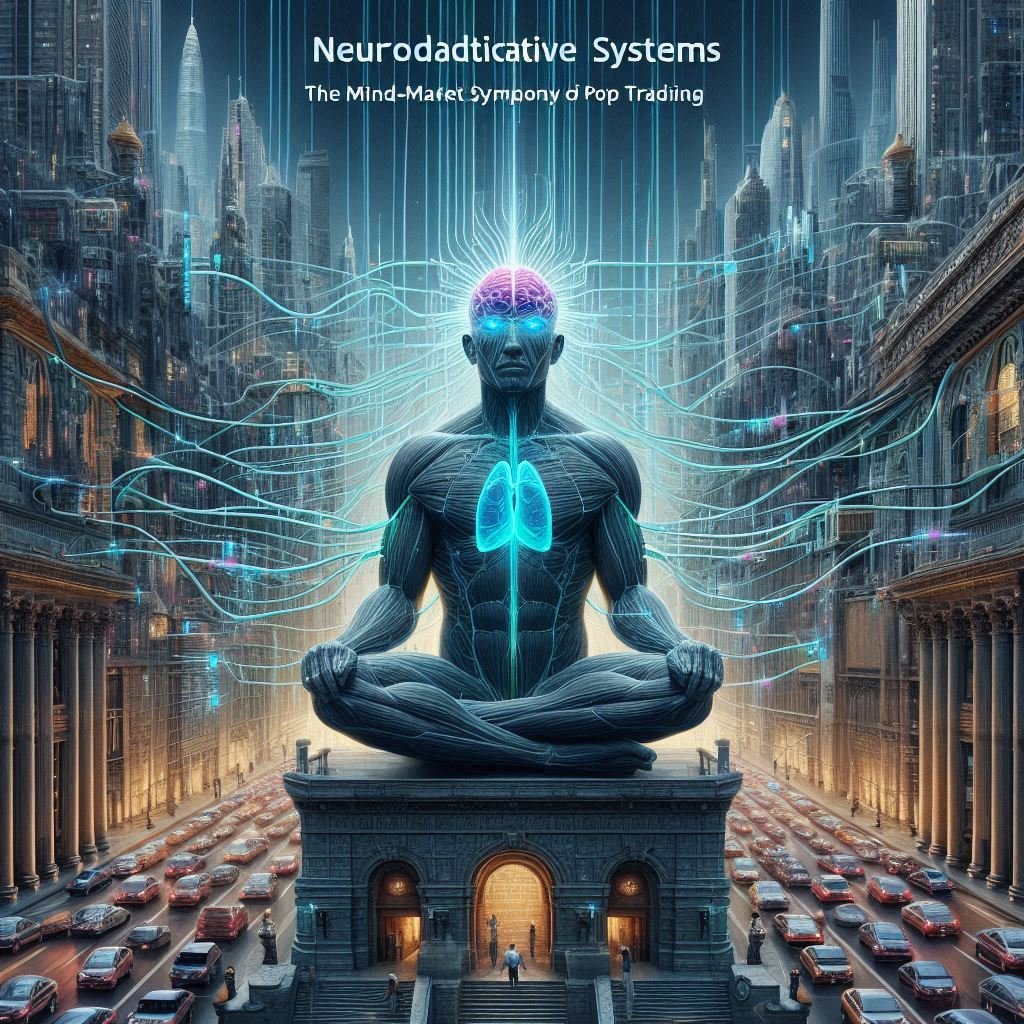Imagine a grand symphony orchestra where the conductor doesn’t just lead the musicians but also senses their emotions, stress levels, and energy in real time — adjusting the tempo, volume, and intensity accordingly. Now imagine that same conductor is the AI behind your prop trading desk, tuning strategies not only to the chaotic market data but also to the trader’s own mental state.

Welcome to the world of Neuroadaptive Trading Systems — where artificial intelligence transcends traditional algorithms by incorporating neural feedback and emotional insights to optimize trading decisions.
The Trading Floor: A Mind and Market Dance
The typical prop trading environment is intense: a blend of high-speed data, split-second decisions, and high stakes. Classic trading algorithms might interpret price action, volume, and momentum, but they miss a vital component — the trader’s brain itself.
Neuroadaptive Trading Systems bring the trader’s mind into the loop. By using neurotechnology—like EEG sensors or wearable biometric devices—these systems monitor emotional states such as stress, focus, and cognitive load. They use this data to adjust trading strategies in real time.
The Emotional Market Connection
Consider a pilot flying a plane: technology provides data on speed, altitude, and weather, but the pilot’s calm or panic affects the flight’s safety.
Neuroadaptive systems act as a co-pilot, sensing when the trader is overwhelmed or unfocused, and adapting algorithm parameters or suggesting risk controls to maintain optimal decision-making.

How Neuroadaptive Systems Work: The Brain-Machine Orchestra
- Neural and Emotional Monitoring
Using wearable tech, the system tracks brainwaves, heart rate variability, and other biometrics that reveal stress, alertness, and fatigue. - Data Fusion
Neural data is combined with market signals — price movements, liquidity, volatility — creating a richer picture than market data alone. - Real-Time Adaptation
When signs of trader fatigue or stress emerge, the system may dial down trade aggressiveness, increase stop-loss sensitivity, or even suggest a break. - Feedback and Learning Loop
Over time, the system learns individual trader patterns, optimizing its responses and enabling personalized strategies.
Why Prop Trading Firms are Excited About Neuroadaptive Systems
Prop trading is a battlefield where cognitive endurance matters as much as computational power. Firms adopting neuroadaptive systems gain:
- Enhanced Decision Quality: Reducing emotional errors that lead to losses.
- Sustained Performance: Maintaining trader focus during long or volatile sessions.
- Personalized Risk Management: Adjusting strategy parameters based on real-time mental state.
- Innovative Edge: Merging neuroscience with quantitative models to push beyond traditional limits.
The Metaphor of the Adaptive Athlete
Think of an elite athlete who monitors their heart rate, hydration, and fatigue to know when to push harder or rest. In the same vein, neuroadaptive trading systems turn traders into mental athletes — constantly aware of their limits and adapting their strategies for peak performance.
The Future of Prop Trading: Mind and Machine in Harmony
As markets grow more complex and rapid, the integration of neural feedback into prop trading algorithms represents a revolution. No longer will traders be mere spectators to data; their minds will actively shape the algorithms that guide them.
Trading with a Mindful Edge
In the high-speed arena of prop trading, success is measured not just by algorithms or data, but by the harmony between human and machine. Neuroadaptive Trading Systems are the next evolutionary step — empowering traders with AI that listens to their brains and adapts to their emotions, creating a trading symphony where every decision resonates with precision and awareness.




